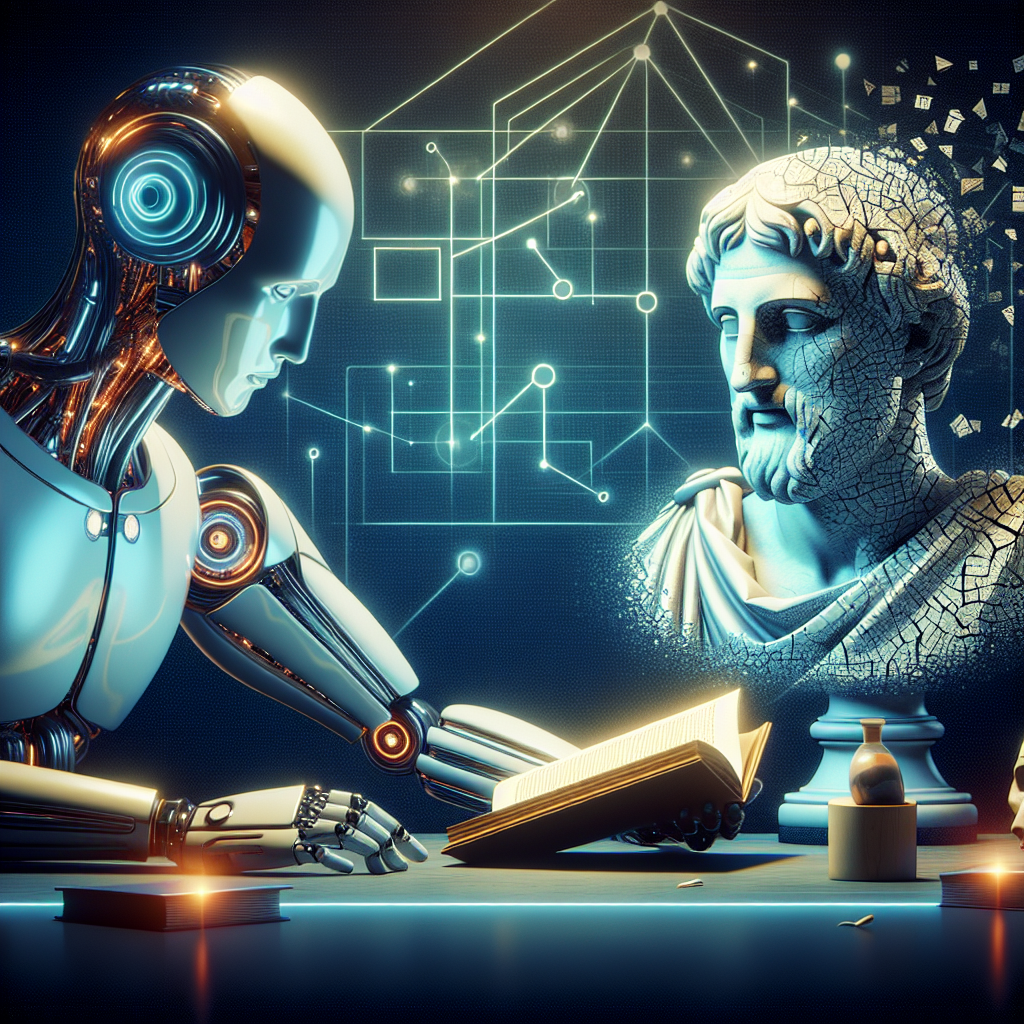Breaking Down the Myths and Realities of AGI
Artificial General Intelligence (AGI) has been a topic of discussion and debate for decades. In recent years, advancements in technology and machine learning have brought us closer to the possibility of creating machines that possess human-like intelligence. However, there are still many myths and misconceptions surrounding AGI that need to be addressed. In this article, we will break down some of the most common myths and explore the realities of AGI.
Myth: AGI will surpass human intelligence and take over the world.
One of the most common misconceptions about AGI is that it will eventually surpass human intelligence and pose a threat to humanity. This idea has been perpetuated in popular culture through movies and books, where superintelligent machines rebel against their creators and take over the world. While it is true that AGI has the potential to outperform humans in certain tasks, such as data analysis and problem-solving, it is unlikely that it will possess the same level of consciousness and self-awareness as humans.
The reality is that AGI is still in its infancy, and researchers are still working on developing machines that can perform a wide range of tasks with human-like intelligence. While it is important to consider the ethical implications of creating machines that are more intelligent than humans, it is unlikely that AGI will pose a direct threat to humanity.
Myth: AGI will eliminate the need for human labor.
Another common myth about AGI is that it will eliminate the need for human labor, as machines will be able to perform all tasks more efficiently and accurately than humans. While it is true that AGI has the potential to automate many tasks that are currently performed by humans, it is unlikely that it will completely replace human workers in all industries.
The reality is that AGI will likely lead to a shift in the labor market, where certain tasks will be automated, while others will still require human input. This will require workers to adapt and learn new skills in order to remain competitive in the workforce. Additionally, AGI has the potential to create new job opportunities in fields such as AI research and machine learning, as the demand for skilled workers in these areas continues to grow.
Myth: AGI will have emotions and consciousness.
One of the most persistent myths about AGI is that it will have emotions and consciousness, similar to humans. This idea has been popularized in science fiction, where machines are portrayed as sentient beings with feelings and desires. While it is true that AGI can be programmed to simulate emotions and behaviors, it is unlikely that machines will ever possess true consciousness.
The reality is that AGI is based on algorithms and data processing, rather than emotions and consciousness. While machines can be designed to recognize and respond to human emotions, they do not possess the same level of self-awareness and understanding as humans. This distinction is important to keep in mind when considering the potential impact of AGI on society and ethics.
Myth: AGI will solve all of humanity’s problems.
Another common myth about AGI is that it will solve all of humanity’s problems, from climate change to poverty and disease. While it is true that AGI has the potential to help us address some of the most pressing challenges facing our world, it is unlikely that it will be a panacea for all of our problems.
The reality is that AGI is a tool, not a solution in itself. While it can help us analyze data and make predictions, it is up to humans to interpret this information and take action to address the underlying issues. Additionally, the development and deployment of AGI will raise new ethical and social challenges that will need to be addressed in order to ensure that its benefits are realized without causing harm.
FAQs about AGI
Q: How close are we to achieving AGI?
A: While significant progress has been made in the field of AI and machine learning, we are still far from achieving true AGI. Researchers are still working on developing machines that can perform a wide range of tasks with human-like intelligence, and there are many technical and ethical challenges that need to be addressed before AGI becomes a reality.
Q: What are some of the ethical implications of AGI?
A: The development of AGI raises a number of ethical concerns, including issues related to privacy, bias, and job displacement. It is important for researchers and policymakers to consider these implications when designing and deploying AGI systems in order to ensure that they are used in a responsible and ethical manner.
Q: Will AGI be able to learn and adapt on its own?
A: One of the key features of AGI is its ability to learn and adapt to new situations. While current AI systems rely on large amounts of data to make predictions and decisions, AGI will be able to learn from experience and improve its performance over time. This ability to learn and adapt is what sets AGI apart from other forms of artificial intelligence.
In conclusion, AGI has the potential to revolutionize the way we live and work, but it is important to separate fact from fiction when considering its capabilities and implications. By breaking down the myths and exploring the realities of AGI, we can better understand the opportunities and challenges that this technology presents. It is up to researchers, policymakers, and society as a whole to ensure that AGI is developed and deployed in a responsible and ethical manner, in order to maximize its benefits and minimize its risks.

